Election 2025: Peter Dutton’s $21bn defence spending march to a war footing
Peter Dutton will unveil his Defence plan today, pledging to pump at least $21bn more than Labor over five years, lifting military spending to 2.5 per cent of GDP by 2030 and vowing to meet the Trump administration’s 3pc target within a decade.

Peter Dutton will pledge to pump at least $21bn more into Defence than Labor over five years, lifting military spending to 2.5 per cent of GDP by 2030 and vowing to meet the Trump administration’s 3 per cent target within a decade.
The promised funding boost sets the stage for a battle over national security in the final 10 days of the election campaign amid growing concerns over Chinese and Russian threats.
The Opposition Leader will release the Coalition’s long-awaited defence policy in Perth on Wednesday and accuse the Albanese government of making the nation less safe by leaving defence spending languishing around 2 per cent of GDP.
“The Prime Minister and the Deputy Prime Minister (Richard Marles) regularly tell Australians that we live in the most precarious period since the end of the Second World War,” Mr Dutton said.
“Yet, over the last three years, Labor has done nothing about it, other than rip money out of defence, weakening strength and morale. The Coalition will strengthen the Australian Defence Force and support our servicemen and women to keep us safe today and into generations ahead.”
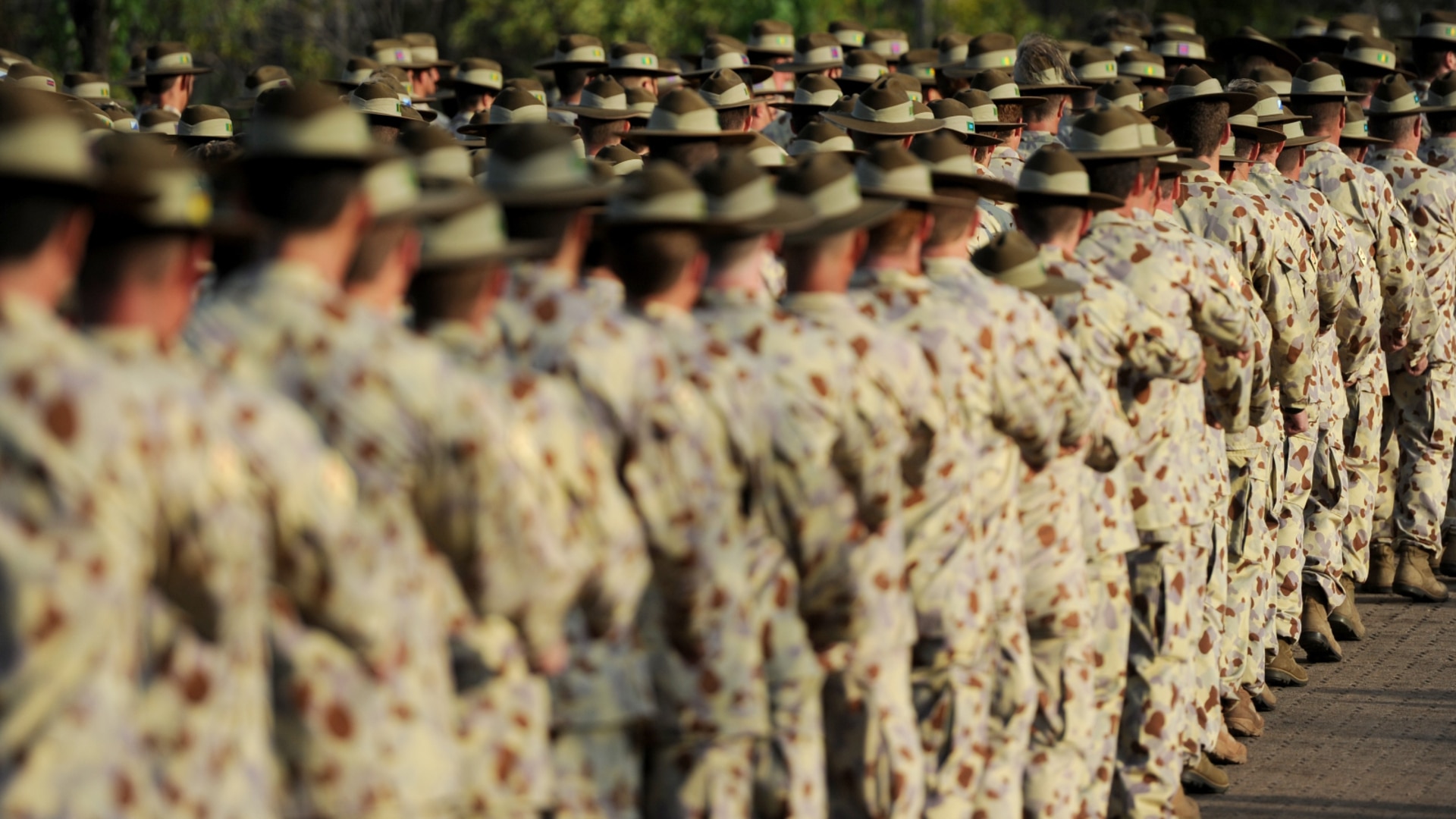
The full details of the policy, including new drones, missiles and an expected boost to AUKUS infrastructure in Western Australia, were not immediately available. The plan will include a pledge to develop a new national security strategy, despite earlier suggestions that there would be “no new reports”.
The strategy, advocated by late Liberal senator Jim Molan, would consider all aspects of national security and likely be authored by one or two nationally recognised figures rather than federal bureaucrats.
“It has been more than a decade since Australia had a national security strategy, and the world looks very different today than it did back then,” Mr Dutton said.
“It is past time we confronted our new strategic reality, and our strategy will serve as a roadmap to guide the difficult decisions we will need to make to protect Australia’s interests.”
The opposition hopes its defence policy will energise its flagging campaign, amid growing confidence among Labor insiders that Anthony Albanese is headed for an election win and could clinch an outright majority.
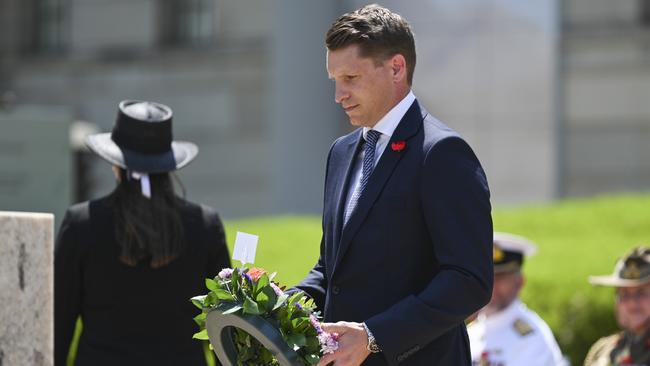
Under the Coalition plan, defence spending would rise to 2.4 per cent of GDP by the fourth year of the budget’s forward estimates, compared with 2.23 per cent under Labor.
The Australian last week revealed the opposition’s cost-of-living bidding war with Labor was likely to delay its planned boost to defence spending to 2.5 per cent until at least 2030.
The new funding commitment comes weeks after three heavily armed Chinese warships tested Australia’s defences by conducting a surprise live weapons drill in the Tasman Sea before circumnavigating the continent.
Defence and national security officials are also concerned over Russia’s strategic co-operation with Indonesia, amid a reported request by Moscow to operate long-range aircraft from Indonesia’s Papua province, and planned space and nuclear energy co-operation between the countries.
Opposition defence spokesman Andrew Hastie, who has previously criticised long-term funding commitments as cheques that can’t be cashed, said the Coalition would ensure ADF personnel received the weapons and equipment they needed, and the nation’s defence industry was rebuilt. “There must be a sense of urgency to equipping the ADF and rebuilding our sovereign defence industrial base following three years of neglect under Labor,” Mr Hastie said.
“A Dutton Coalition government will back Australian workers and businesses in defence industry to develop the sovereign capabilities our country needs. They are a critical enabler to the Australian men and women in uniform.”
The Coalition has already announced it would spend $3bn on an extra 28 F-35 jets, boosting the RAAF’s joint strike fighter fleet to 100.
Labor argues the commitment would cost at least $10bn.
Under Labor, the defence budget is forecast to hit 2.33 per cent of GDP by 2033-34, despite the Trump administration’s call for allies to spend 3 per cent of GDP on defence.
The Albanese government opted against lifting defence spending in the March budget, with Mr Marles arguing Labor was delivering “the biggest peacetime increase in defence spending that Australia has seen”.

Experts have warned there is a mismatch between Labor’s defence funding trajectory and its warnings over the unprecedented strategic circumstances Australia faces. Defence analyst Marcus Hellyer warned in a report last week that there had not been any meaningful change to the defence trajectory since 2016, despite massive new expenditure on the AUKUS submarine program, which now consumes more of the budget than the RAAF.
Mr Hellyer accused the Albanese government of a “remarkably lackadaisical” effort in boosting funding for new weapons and equipment and leaving Defence falling well short of its annual acquisition targets.
Mr Marles said the opposition needed to spell out exactly the capabilities it believed were needed and how they would be paid for.
“It won’t cut it to have vague numbers, to have aspirations, to have signposts in the future,’ the Defence Minister said.
“There needs to be a great deal of specificity in respect of what that defence policy looks like and I assume that the shadow defence minister is currently working on that.”
The upcoming policy launch comes after Prime Minister fuelled questions over Mr Hastie’s absence from the campaign trail.
“I don’t know where Andrew Hastie’s been. He’s the shadow defence minister,” Mr Albanese said this week.
Mr Hastie’s low-key campaign follows his refusal to walk away from past comments arguing that women should be barred from serving in combat roles in the Australian Defence Force.
The former SAS captain told Sky News in 2018: “My personal view … is the fighting DNA of a close combat unit is best preserved when it’s exclusively male.”
Mr Dutton said earlier in the campaign that women should be able to serve “in any role that they wanted to serve in” in the ADF, and that Mr Hastie’s view was “the same as mine”.
Mr Hastie’s spokeswoman declined to say whether the MP had changed his mind on women’s suitability for combat.

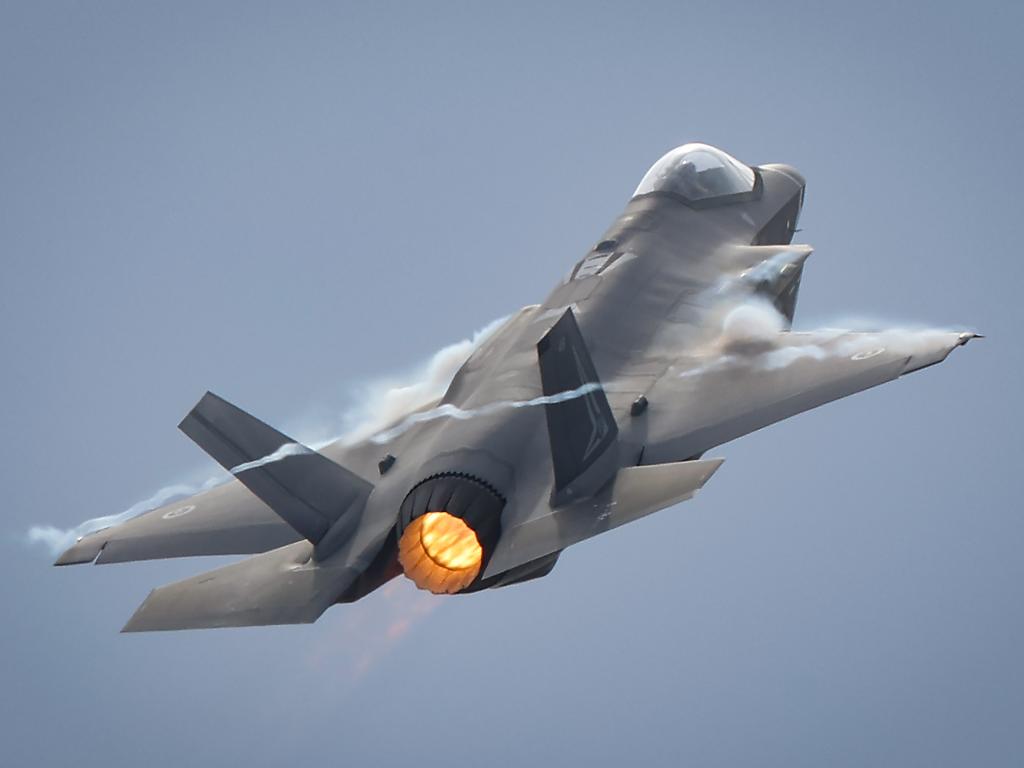

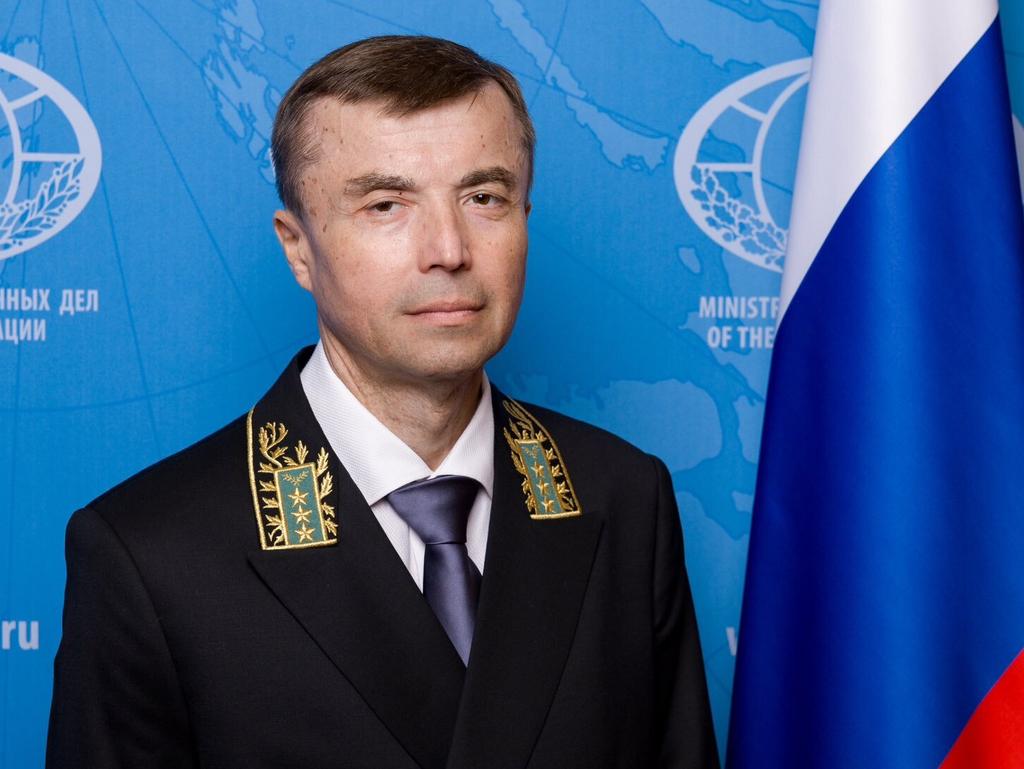

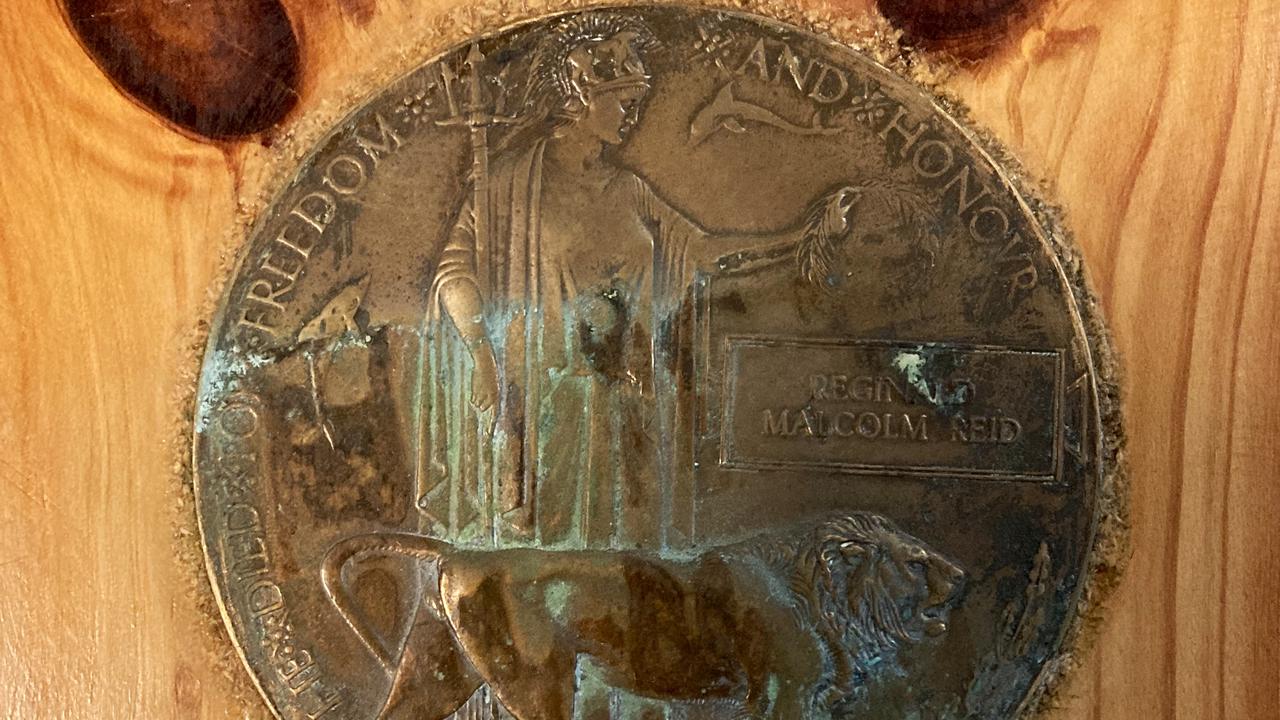
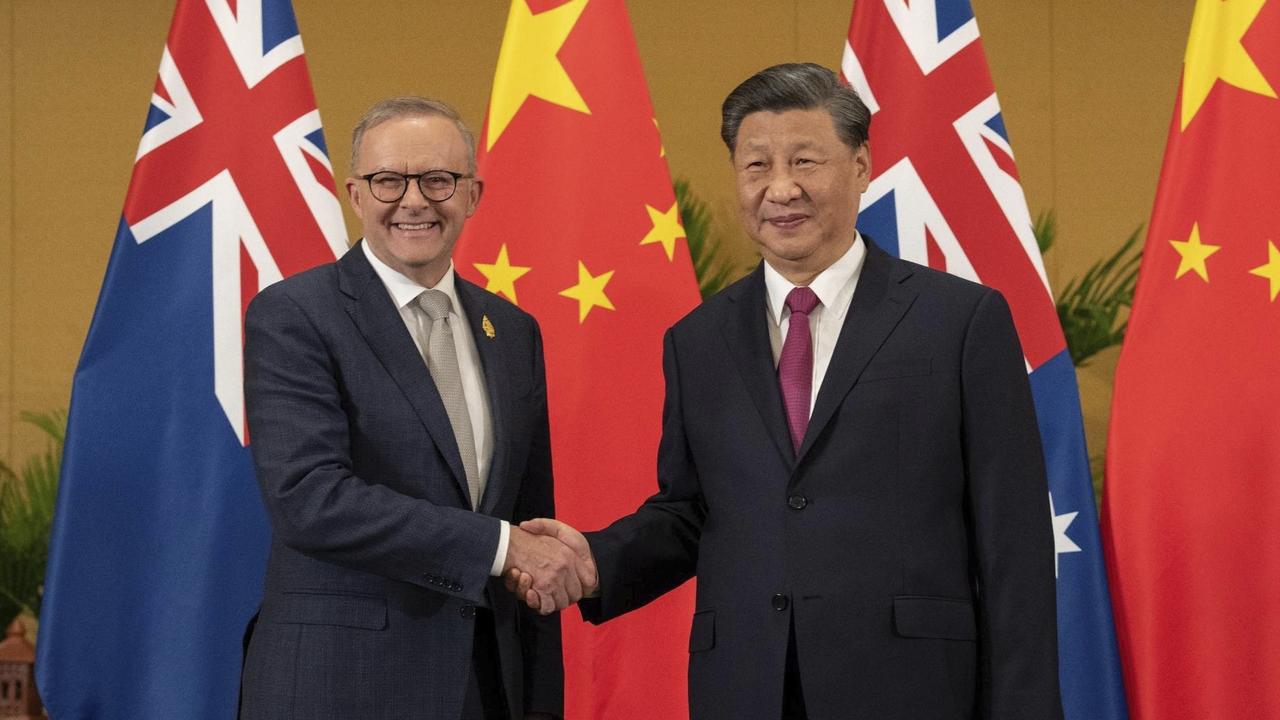
To join the conversation, please log in. Don't have an account? Register
Join the conversation, you are commenting as Logout